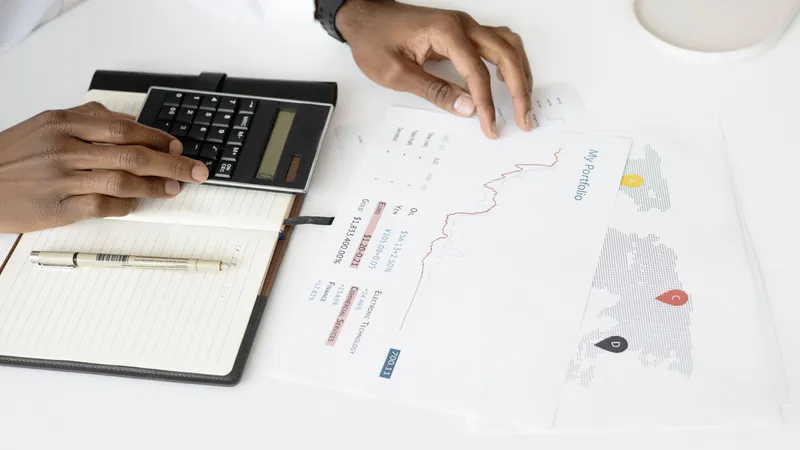Add, remove & assign phone numbers on demand
Manage, respond to, and share calls with your team
Send & receive any message you need to
Keep contact details in one place with a shared phonebook
For on-the-go teams to share messages, calls, and contacts
A full directory of all our included features

Different types of profit and loss statements

How do you know the health of your business? Through a profit and loss statement. It will show you and others the amount of money you make and the expenses you incur. In other words, whether your business is profitable or not.
A profit and loss statement is one of the most standard and easy-to-understand analyses of where your business might have opportunities and where you might be struggling. Understanding a profit and loss account will also help you predict what lies ahead for your local business.
What is a profit and loss account?
A profit and loss account summarises the revenue, expenses and costs that a business would have incurred over a period. This period could be a quarter or most likely the financial year.
The statement will show the total revenue and expenditure of a business under various categories over that given timeframe. That timeframe makes it different from a balance sheet, which reveals the financial health of a company at any particular moment.
Purpose of a profit and loss account
In all the discussions about valuations, venture capital, scaling and target audiences, it’s easy to lose sight of the profitability of a startup or business. A profit and loss statement, at its core, will show you whether your business has made a profit or a loss.
What’s important here is that the statement is for a specified period, such as a month, quarter or financial year. A profit and loss statement will help you:
Discover ways to maximise your profits
Identify areas where you can cut costs
Analyse your business performance against industry trends
Calculate your profit margin and operating margin, among other things
Overview of a profit and loss statement
A profit and loss statement combines several categories to give an overview of the financial health of your business. It consists of:
Revenue: This is the income from selling your products or services
Cost of goods and services sold: This adds up delivery, packaging and unit costs
Selling, general and administrative (SG&A) expenses: Under this, you would add your marketing, advertising, travel and rent costs
Interest expenses: What you pay in interest for any debt or loan is added here
Taxes: This would be the total you pay in taxes
Net income: Once you deduct all your expenses, interests and taxes, you’ll arrive at your net income for the year or period
Different types of profit and loss statements
Single-step income statement: This is a simplified statement that shows the revenue, expenses and net income of a business.
Multi-step income statement: Such a statement will separate revenue into operating and non-operating heads. This gives a more accurate view of the operational health of the business.
Comparative income statement: If you need to compare your net income for different periods, what you need is a comparative income statement. This will show the financial performance of your business over a period.
Common size analysis income statement: Instead of seeing merely as numbers, this would show different sections as a percentage. This is how you can compare your business performance over a period of time against industry trends.
Variance profit and loss statement: This helps you see the variation between actual and budgeted numbers. For example, you’ll be able to compare actual profit and budgeted profit.
Segmented profit and loss statement: It breaks down the performance of a business into segments like subsidiaries or divisions to make the statement transparent and credible.
Driver-based profit and loss statement: This records the performance of the key drivers of a business.
Composite profit and loss statement: This is a detailed representation of multiple items that include performance and variance across several timeframes and a composite of both financial and non-financial metrics.
In short
It helps to know the composition of a profit and loss statement and its various types. This will not only reveal how well your business is financially performing but also make it transparent to authorities, potential investors, financial institutions and the media.

Continue reading
How to read a profit and loss statement and understand the financial health of your business
How small businesses can optimise their operations and maximise their profits without any major overhauls




